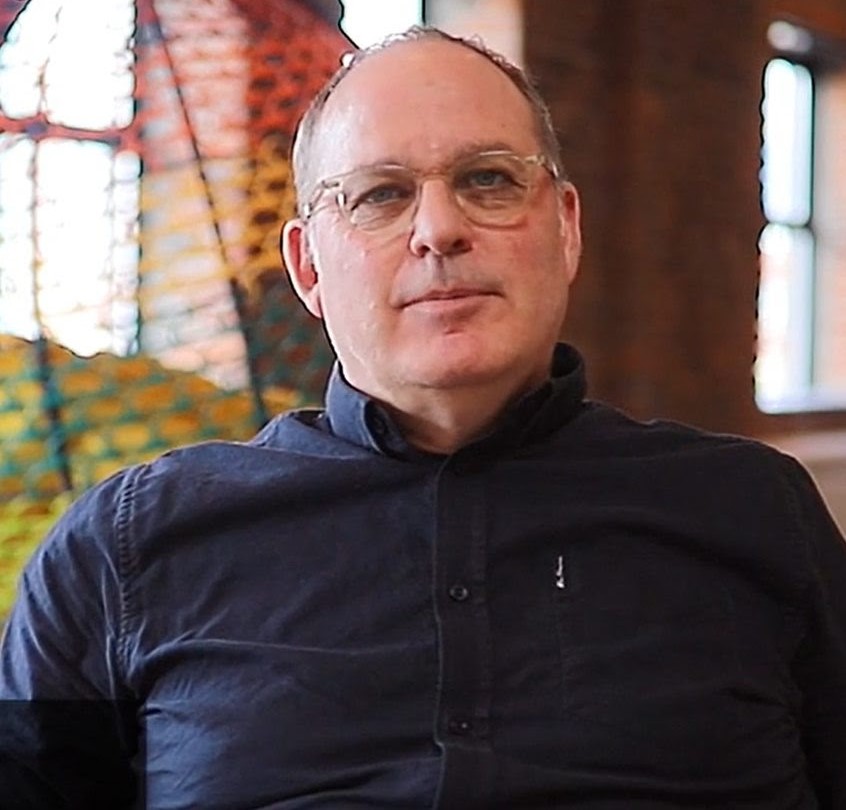- Video Library
- Sonic Incytes | Barry Allen, CEO
Sonic Incytes | Barry Allen, CEO

Barry Allen
Barry Allen is a serial founder and operator with more than 25 years of executive management and board experience in the medtech, software and digital industries in both public and private companies. Barry’s start-up experience includes Founder, Chair and CEO of Zolo, President & CEO of PureWeb Inc., Founder and CEO of VSM MedTech, Founder and CEO of Urodynamix. Barry’s community involvement includes Associate Creative Destruction Labs West and Rockies, Founder and Chair of the BC Excels Program, Entrepreneur in Residence at Ventures West, and lead mentor with BC Innovation Council. Barry has held a number of directorships in private and public companies and is currently the Chair and Director of Zolo and Orpyx.
Barry Allen
Barry Allen is a serial founder and operator with more than 25 years of executive management and board experience in the medtech, software and digital industries in both public and private companies. Barry’s start-up experience includes Founder, Chair and CEO of Zolo, President & CEO of PureWeb Inc., Founder and CEO of VSM MedTech, Founder and CEO of Urodynamix. Barry’s community involvement includes Associate Creative Destruction Labs West and Rockies, Founder and Chair of the BC Excels Program, Entrepreneur in Residence at Ventures West, and lead mentor with BC Innovation Council. Barry has held a number of directorships in private and public companies and is currently the Chair and Director of Zolo and Orpyx.

17011 Beach Blvd, Suite 500 Huntington Beach, CA 92647
714-847-3540© 2025 Life Science Intelligence, Inc., All Rights Reserved. | Privacy Policy







